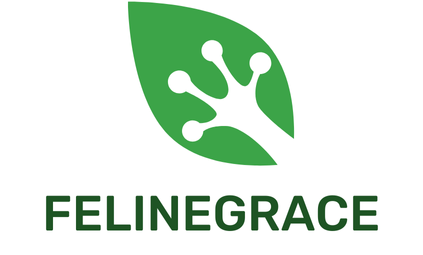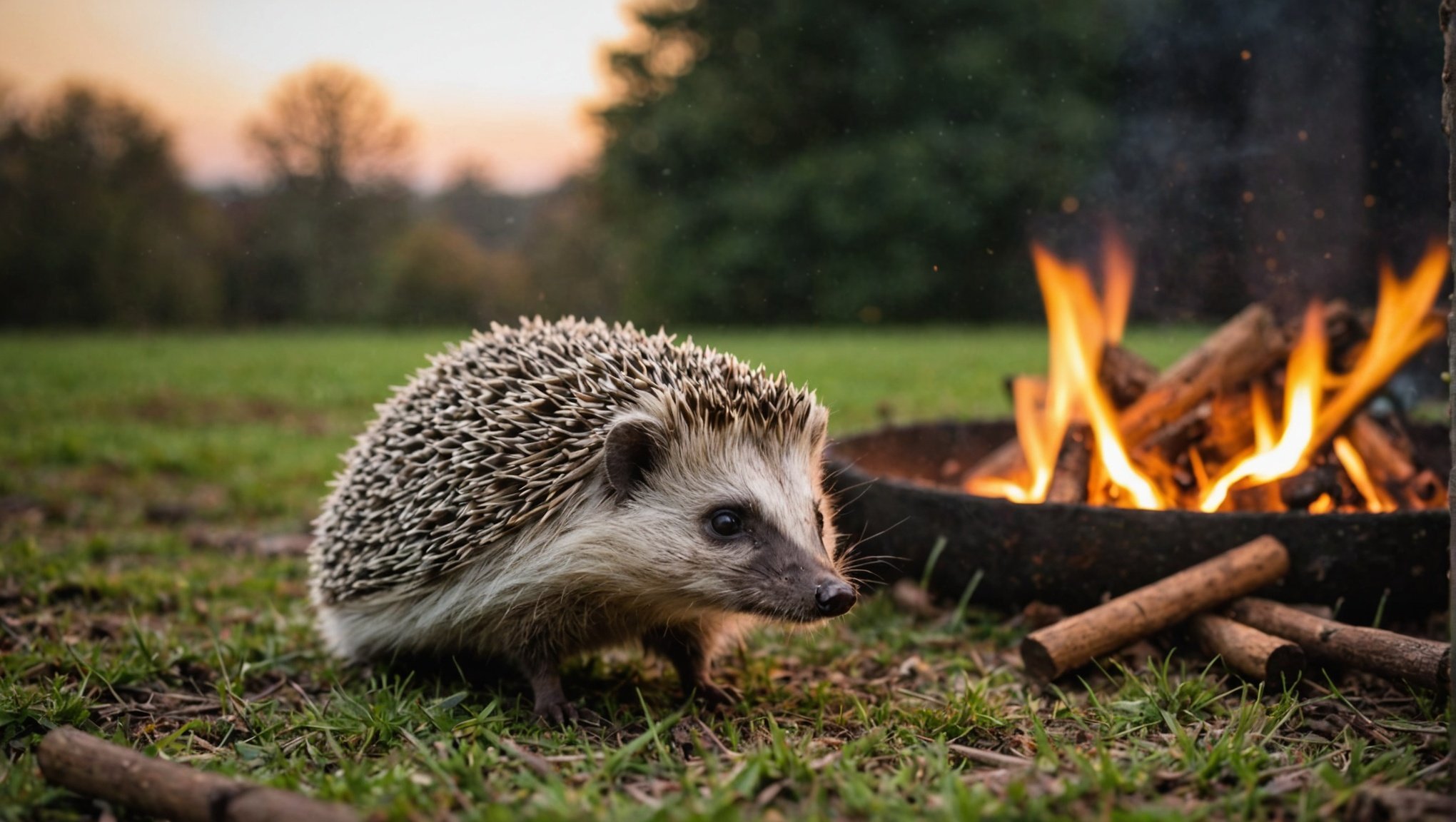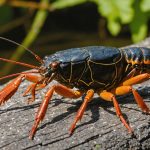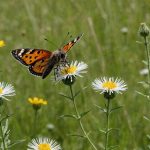Bonfire celebrations are a British tradition that is treasured and anticipated by many households across the UK. As much as this celebration brings families and communities together, it also presents a significant threat to one of Britain’s beloved mammals, the hedgehog. During these festivities, several hedgehogs lose their lives in the bonfires. This article explores how UK households can actively play a part in reducing hedgehog fatalities during bonfire celebrations.
The significance of hedgehogs to the UK ecosystem
Why care about hedgehogs? These small mammals play a significant role in the UK’s ecosystem. Their diet, which consists of insects, worms, and slugs, helps to keep the pest population under control. This is beneficial to the gardening community and farmers, as it reduces the need for chemical pest control. Hedgehogs also serve as a food source for larger predators, thus maintaining the balance in the food chain.
Lire également : How does the installation of green roofs in UK cities benefit local bird species?
Despite their importance, hedgehog populations in the UK have seen a significant decline over the past few decades. One of the contributing factors to this decline is the loss of their lives during bonfire celebrations. It’s therefore critical that UK households take steps to protect these creatures during these times.
Building bonfires safely
One method to reduce hedgehog fatalities during bonfire celebrations is to change the way bonfires are constructed. Hedgehogs and other small animals are attracted to the piles of wood and leaves that are commonly used to build bonfires. They often take refuge in these piles, aiming to hibernate, but end up being trapped once the fire starts.
A découvrir également : How does the rewilding of UK’s meadows support insect biodiversity?
To prevent this, households should consider building bonfires on the day of the celebration whenever possible, reducing the likelihood that hedgehogs will take shelter in the pile. If the bonfire must be built in advance, consider using a raised platform for the woodpile. This can help deter hedgehogs from nesting within the bonfire.
Checking bonfires before lighting
An essential step to take before lighting the bonfire is to conduct a thorough check. Using a torch and a blunt implement, like a broom handle, gently prod and inspect the bonfire from all sides to check for signs of hedgehogs or other animals. Be sure to do this just before lighting as hedgehogs are nocturnal and will only enter the bonfire close to nightfall.
Remember, these creatures are likely to be scared and may curl up into a ball instead of running away. If you find any hedgehogs, ensure you move them to a safe place, ideally under a hedge or in a pile of leaves away from the fire.
Using alternative bonfire materials
The traditional materials used to build bonfires, such as wood and leaf piles, are naturally attractive to hedgehogs as potential hibernation spots. However, by exploring alternative materials for bonfires, UK households can help to decrease the risk to these animals.
Materials like untreated wood pallets and straw bales can be used as they are less appealing to hedgehogs. Craft papers and cardboard can also be used as they are less likely to harbour small animals. It’s also important to avoid using accelerants as they can cause the fire to spread uncontrollably, possibly towards areas where hedgehogs reside.
Raising awareness within communities
Raising awareness about the danger that bonfire celebrations pose to hedgehogs is a significant step towards reducing hedgehog fatalities. You can do this by sharing information with your neighbours and friends about the importance of hedgehogs to the UK ecosystem, and the simple steps they can take to protect them during bonfire celebrations.
Encourage your community to adopt safety measures such as building bonfires on the day of celebrations, checking bonfires before lighting, and considering the use of alternative bonfire materials. Remember, each person who takes action multiplies the effect, leading to a more significant impact on safeguarding the lives of these precious creatures.
While bonfire celebrations are a cherished tradition, it’s essential that they’re conducted in a manner that respects and protects all inhabitants of the ecosystem. By adopting these measures, UK households can continue to enjoy their bonfire celebrations while also playing a crucial role in preventing hedgehog fatalities and contributing to the preservation of this vital species.
Creating Hedgehog-Friendly Garden Spaces
Another way to reduce hedgehog fatalities during bonfire night is by creating hedgehog-friendly spaces in your garden. These spaces can provide a safer alternative for hedgehogs seeking places to shelter during the bonfire season.
Your hedgehog-friendly garden should ideally include wild corners filled with leaves or logs, which mimic the hedgehogs’ natural habitat. Consider leaving out dog food or specially formulated hedgehog food, as well as a shallow dish of water to attract these creatures away from potential bonfire sites.
Importantly, be mindful about the use of slug pellets and other garden chemicals, as these can be harmful to hedgehogs. Opt instead for eco-friendly pest control methods. If you find a hedgehog in distress, contact your local wildlife rescue centre, such as the British Hedgehog Preservation Society, for advice on what to do next.
By creating a hedgehog-friendly garden, you not only provide a safe haven for these creatures but also contribute to the larger efforts aimed at boosting the hedgehog population in the UK.
Supporting Rescue Centres and Conservation Efforts
Finally, supporting hedgehog rescue centres and conservation efforts is a crucial part of reducing hedgehog fatalities. These centres, like the wildlife rescue and the British Hedgehog Preservation Society, work tirelessly to rescue, rehabilitate, and release injured hedgehogs back into the wild.
Donating funds, volunteering your time, or even adopting a hedgehog can make a considerable difference in the lives of these animals. Additionally, conservation efforts often involve research and campaigns to raise public awareness about the plight of Britain’s hedgehogs.
By supporting these organisations, UK households can be part of the solution to hedgehog fatalities during bonfire celebrations, while also contributing to the overall preservation of this essential animal in the UK ecosystem.
Conclusion
In conclusion, while bonfire night is a cherished tradition in the UK, it’s crucial that we balance our celebrations with the welfare of our native wildlife. By changing the way we build and light our bonfires, creating hedgehog-friendly gardens, using wildlife-friendly materials, and supporting rescue centres and conservation efforts, we can help to protect the treasured hedgehog population.
It’s not a question of giving up our celebrations, but rather adapting them in a way that is respectful and protective of the environment and its inhabitants. Each step we take, no matter how small, contributes to the larger efforts in hedgehog preservation. So, let’s make our next bonfire night a hedgehog-friendly one!
















